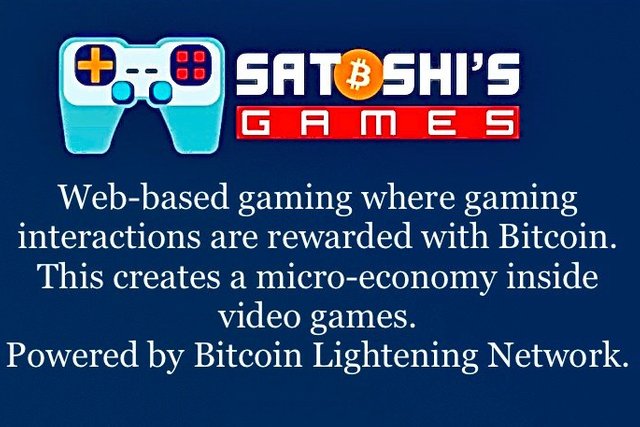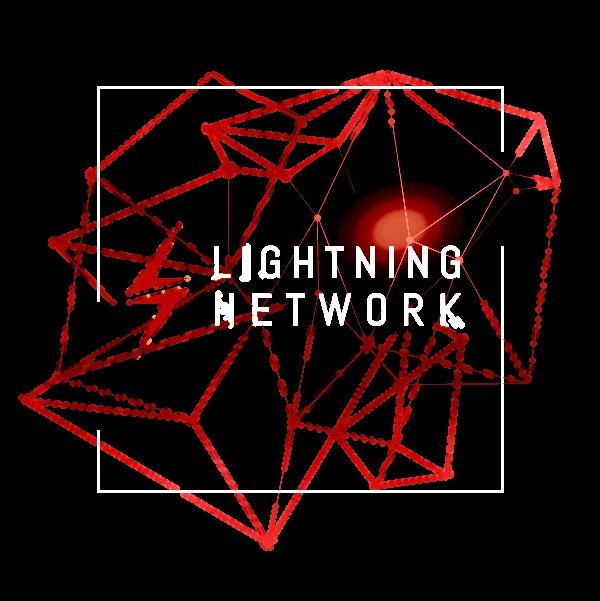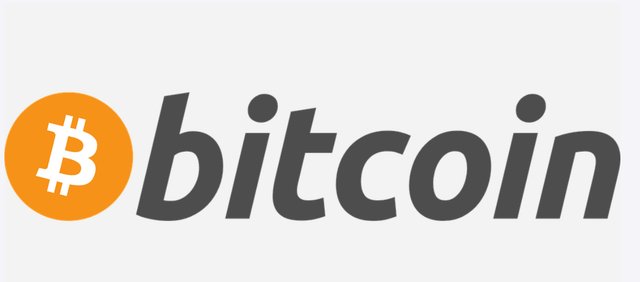

First let’s discus the components of this micro-economy.
Sidechains
A side-chain is a blockchain that runs parallel to another Main blockchain. It’s purpose is to enable new features and capabilities while leveraging the Main chain’s security. A sidechain is interoperable with the Main blockchain and supports the secure transfer of assets between chains. In the Steem ecosystem Steem is the Main Chain and Steem-Engine is the side-chain. In the Bitcoin ecosystem Bitcoin is the Main Chain and Bitcoin Lightening Network is the Side-Chain.

The Bitcoin Lightening Network
The Bitcoin Network is a sidechain, or a blockchain that runs parallel to the Bitcoin blockchain. It’s purpose is to enable new features and capabilities while leveraging bitcoin’s security. The Bitcoin Lightening Network is interoperable with the Bitcoin blockchain and supports the secure transfer of assets between chains.

We are familiar with side chains here because of Steem Engine. We understand that assets like tribe tokens have value as fractions of Steem. We understand how Steem is transferred to Steem-Engine where it becomes Steem-P, which is then traded for other tokens called Tribe Tokens, which have value depending on the rising or falling valuation of the Tribe tokens. The tribe tokens were fungible, all tokens from a tribe were indistinguishable from each other and have the same value.
The Steem-engine side-chain made this micro-economy possible. This micro-economy took place on the Steem-Engine side-chain, off the main Steem Blockchain, but the Steem transactions are ultimately recorded on the Steem blockchain.
The Bitcoin Lightning Network is a similar Bitcoin blockchain sidechain. It provides the structure for a new micro-economy the video game. Transactions occur on the Lightening Network side-chain, but are ultimately recorded on the main chain, the Bitcoin block chain.
You see the tribe tokens were not Steem Tokens, but they were valued in fractions of Steem the token of the main chain, the Steem blockchain. The Blockstream developers and conceptual people took this concept and created a sidechain where micro transactions or very small fractions of Bitcoin could be conducted at faster transactional speed, lower transactional cost and then recorded on the main Bitcoin blockchain. This concept of micro transactions, micro-transaction fees and faster transaction times allows small transactions to occur on the Bitcoin sidechain, similar to how tribe transactions could occur. But in this case they are transactions inside a video game. You kill a player, you get 500 Satoshi. While 500 Satoshi is very small, and the transactional cost or miners fees would make it economically irrational on the Bitcoin main chain, it’s not expensive on a sidechain.

Non-fungible Tokens
An important part of any video game is the weapons, gear and game specific items. These items are usually won by a character and are only useable by them. But as we learned in the Steem Based game Splinterlands if we make those in game items unique visa vie non-fungible tokens, they can be traded, or bought and sold between players. If the in game reward currency is something with value outside the game like Steem or Bitcoin then winning games and obtaining items of value takes on a whole new meaning.
Final Thoughts
I hope you can now see why this is a revolutionary concept from both a gaming perspective and a decentralized economy perspective and how making it possible for gamers all the world to earn Bitcoin is a great use case for the adoption of both Bitcoin specifically and cryptocurrencies in general through increased awareness.
✍🏼✍🏼 by Shortsegments @shortsegments

Title: Light⚡️Nite and in-game Bitcoin Rewards: How this works;: a non-technical overview. https://pixabay.com/illustrations/bitcoin-cryptocurrency-virtual-3024279/
This is going to create a whole new generation of pro gamers ;)
Downvoting a post can decrease pending rewards and make it less visible. Common reasons:
Submit